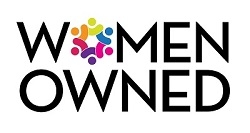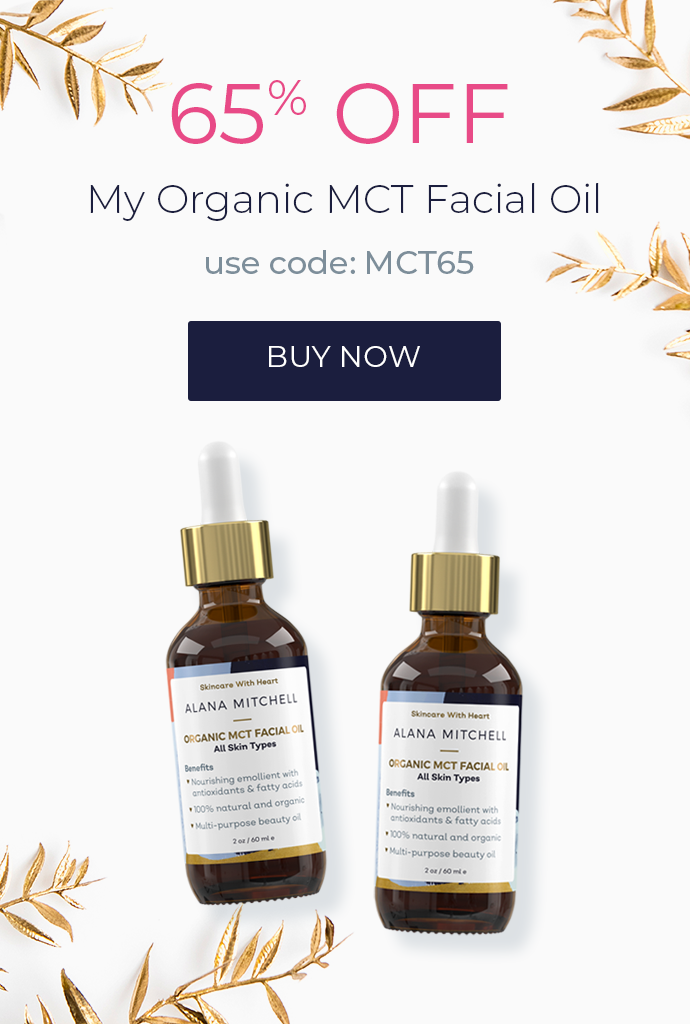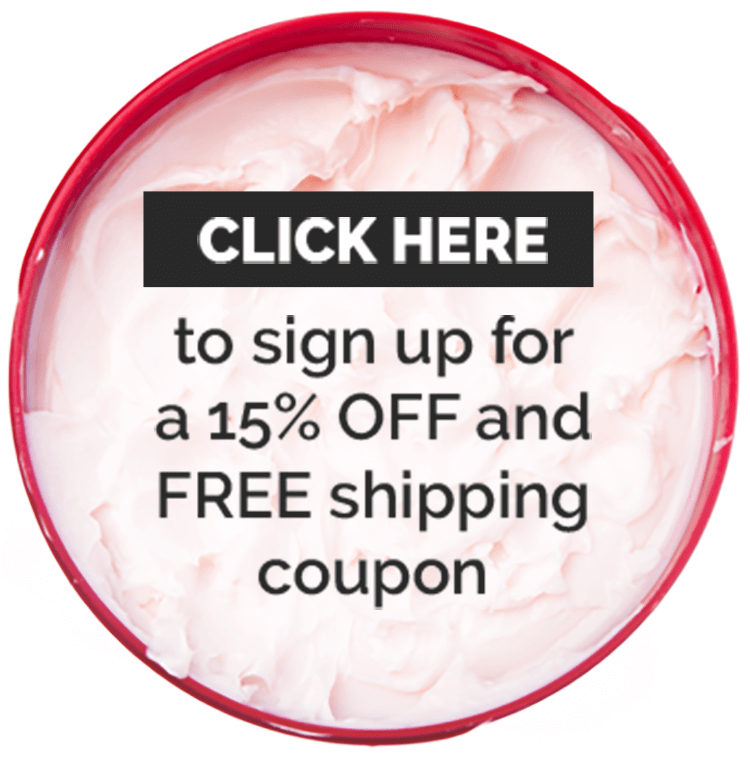What Should You Be Using In Your Skin Care Routine?
Take my quiz and get personalized recommendations from a
licensed esthetician!
Is the Charcoal Trend Here to Stay?
Castor oil, turmeric, the fermentation craze... beauty trends tend to take some unexpected turns.
And you never know which ones will stick around and which ones will speed by, never to be heard from again.
One trend that doesn’t seem to be going anywhere?
Many claim it makes your teeth whiter, has powerful effects in smoothies and face masks alike, and sometimes saves lives.
It’s a bird, it’s a plane, it’s…
Charcoal!
Articles calling charcoal the “latest beauty trend” started popping up a few years ago.
The New York Times featured charcoal in its “Beauty Spot” section as far back as 2013, and it seems this trend was built to last!
Check out Amazon’s Best Sellers in Skincare list at any given time, and you’re bound to find at least one charcoal product there.
(Today a charcoal blackhead removing mask sits at #21.)

What’s behind all this popularity?
And is there any science to its effectiveness, or does it just make for attention-grabbing product pics on Insta?
Let’s dive into the science behind it, the difference between charcoal and activated charcoal, and the true effects it can have on your skin.

What Is Charcoal and What Does It Do?
Charcoal of the everyday grilling-out variety has been made by humans for somewhere around 30,000 years.
Fun fact: The name "Collier" refers back to early craftsmen who perfected the art of charcoal production by burying the wood in underground pits.
They were called “colliers.”
Charcoal is made by burning wood in a low oxygen environment until you end up with lumps of mostly pure carbon.
It can also be made from other materials such as coconut shells, petroleum products, and peat moss.
Weird fact: Chef Dan Barber of Hudson Valley restaurant, Blue Hill at Stone Barns, famously makes charcoal from animals bones, which he then cooks with.
Activated charcoal of the well-known hangover-curing, skin-clearing, teeth-whitening variety, is made differently from standard charcoal.
Activated charcoal is processed differently, at higher temps, which makes it more porous than regular charcoal.
From what I understand, the “activation” part of the process involves either steam or phosphoric acid, very high temps, and results in a char that’s more porous and therefore has a much greater surface area than regular charcoal.
This all should remove impurities and enhance its capacity to adsorb (not a typo…adsorb means compounds adhere to the surface of rather than being broken down and taken into another substance).
While the important quality of regular charcoal is its ability to burn for a long time at a high temp, the important quality of activated charcoal is its ability to adsorb toxins.
History tells us that the ancient Egyptians used charcoal back in 1500 BC for digestive troubles, and back in 400 BC the Phoenicians used activated charcoal to purify water.
That means activated charcoal’s reputation as a detox material goes back a very long time.
And it’s that reputation that makes it so popular today.
Plus the fact that it swept the Instagram world when shops like Little Damage in L.A. started mixing it into ice cream (we’re easily entertained, aren’t we!), a practice that’s now banned in New York City, btw. More on that later.

Why Now?
We know part of the reason for its popularity for sure, the fact that it makes for some photogenic and attention-grabbing social media posts.
The other reason that it’s caught on, though, is that built-in ability to adsorb and carry toxins out of the body or away from the skin.
Activated charcoal has a unique ability to detoxify at a time when we are more aware than ever of the damaging potential of all the chemicals and toxic compounds we’re now exposed to on a daily basis, especially in urban areas.
In this age when clean eating and clean living has become our mantra, charcoal has stepped onto the stage promising to carry away impurities and cleanse us from the toxic byproducts of our busy lives.
Add to that the growing acceptance of alternative and ancient medicinal and wellness practices, which are now fully entrenched in the mainstream, and you can see why charcoal caught on the way it did.
Now, in addition to charcoal ice cream, you can get everything from a charcoal toothbrush to charcoal-infused sponges to charcoal-activated lemonade.
And of course, there are the skincare products!
Bar soap, sheet masks, mud masks, oil cleansers, hand soap, to name a few.
Now that charcoal has caught hold in the public imagination, it seems to sell itself…
It’s generally described as this magical nature-made magnet that attracts oil and dirt and then carries it away.
Who wouldn’t want that?!
And why would New York want to ban it from our smoothies and ice cream?

Charcoal's Health Benefits
So, it seems like a good question: is charcoal healthy or not?
Detox is a good thing certainly, and charcoal’s ability to bind unwanted substances to its surface and then carry them away sounds amazing.
It’s that very ability, in fact, that accounts for the use of activated charcoal in emergency room settings to treat cases of poisoning or drug overdose.
If it can absorb poisonous substances from your stomach before they’re absorbed into the blood, it must be good for you?
It stands to reason, but it’s more complicated than that.
Like vitamins and other supplements, the FDA doesn’t regulate activated charcoal as a drug, and this means it doesn’t have to meet up to any standards of effectiveness before ending up in your food or products.
The FDA does impose manufacturing standards on supplements, however, and it’s unclear if those apply to charcoal or not, but probably not.
It seems that the reason New York City banned the substance in foods comes down to the fact that the FDA has not approved activated charcoal as either a food additive or a food coloring agent.
The city’s Department of Health has gone so far as to say that the FDA has “prohibited” the use of it in foods, but that claim doesn’t seem to hold water as far as I can tell.
Sooo, we seem to be in a “use your best judgment” grey area when it comes to adding it to our foods or using it for health purposes.
What we do know is that it’s particularly good at adsorbing things and carrying them out of your body.
And medical experts say it doesn’t pose any great risk in small amounts.
But… it’s not selective. Charcoal doesn’t seek out and find toxins to carry away, it binds to lots of things.
Like nutrients and other beneficial particles.
When you consume charcoal-tinted dairy products then, it’s probably carrying away the calcium in the milk along with it.
What about your prescription meds or other dietary supplements? Another unknown.
Meanwhile, I’m not a nutritionist, so I’ll leave it for you to decide.
Just know that actual benefits may have been slightly exaggerated.

The Skin Benefits of Charcoal
And now, what we’ve all been waiting for…can charcoal really help clear up skin?
Anecdotally speaking, yes.
More studies will be needed before we have the science to back up claims about its effectiveness in skincare, though.
For now, its benefits will have to remain more of a belief than a fact, but keep in mind that many natural treatments fall into that same category.
We may know how a substance acts and responds in most settings, but it would take clinical trials to prove definitively that a substance has consistent effects across lots of conditions and on lots of people.
Those studies haven’t been done with activated charcoal, yet obviously many people love the way their skin looks and feels after a cleanse with charcoal soap or after removing a charcoal mask.
Many swear by its ability to reduce the appearance of blackheads, for instance.
If it makes you love the way your skin looks and feels, then I say go for it!
But I also recommend you don’t use large amounts of it on your skin too often…daily would be too much in my opinion.
Why? Because as I mentioned, the charcoal won’t discriminate when it comes to adsorption.
That means it could strip your skin of its natural protective barrier over time if you overdo it.
One study did show that activated charcoal combined with silver, “may help remove fluids and toxins that impair the healing process” in wounds, so that bodes well for its use for normal skin flare-ups.
The principle behind its use on healthy skin is the same: unwanted bacteria, oils, dirt, and other harmful substances are thought to bind to the activated charcoal rather than staying in pores or on the surface where it will eventually cause trouble.
Once you wash the cleanser or mask off, those pollutants should wash away as well, leaving purer, cleaner skin behind.
And that sounds like a great time to follow up with a restoring nutrient-packed serum for maximum impact.

You’ll Find Charcoal In a Variety of Foods
If you want to try charcoal for whole body detox, you’re in luck.
You can now consume it in the form of smoothies, lemonades, desserts, pizza crusts, and more.
Just for fun, here’s a quick sample of some of the charcoal-infused food products you’ll now find on the market.
Project Juice (online and around California)
This company sells a super-food drink called “cold-pressed Black Magic.”
It contains purified water, lemon, raw agave, cayenne, and activated coconut charcoal.
The benefits include vitamin C for immunity and capsaicin, which boosts metabolism.
It makes you wonder, though, does the activated charcoal adsorb those too?
Juice Supply (online and Dallas)
Like many juice bars, Juice Supply has an activated charcoal “fix” that can be added to any of its juices or smoothies.
In addition, their Advanced Cleanse includes Charcoal Lemonade that you’re directed to drink “upon awakening.”
The lemonade contains activated charcoal, lemon, pink peppercorn, coconut palm sugar, and alkaline water.
Werewolf Coffee Bar (Chicago)
Here you can get the popular Charcoal Latte made from charcoal, a half shot of espresso, honey, lavender, and steamed milk.
Macarooz (Houston)
Macarooz sells Charcoal-Vanilla Blackberry Macarons complete with a sprinkling of gold dust on top.
Perhaps the charcoal carries away some of the calories?
The Nolen (San Diego)
If you want a little charcoal with your happy hour, you got it!
This roof-top bar sells a cocktail called the “Sun Devil” made from peach liqueur, orange juice, agave, and (yep) activated charcoal.
Considering that charcoal is known as a home remedy for hangovers, it all makes sense.
Product Recommendations 
Skin Script Charcoal Clay Cleanser

Dermalogica Charcoal Rescue Masque
100% Pure Konjac Sponge Charcoal

Eminence Organics Balancing Masque Duo Charcoal T-Zone Purifier

Cosmedica Skincare Activated Charcoal Facial Cleanser
Final Thoughts
Remember, beauties, we don’t know much about the effects of this crazy-popular trend over the long term if you're adding it to food or drink, and you definitely don’t want to overdo it.
In the short term, it doesn’t pose any great risk, though the benefits when mixed with vitamins and super-food substances seems questionable.
On your skin, though, it most likely does what it’s known for – adsorbs substances trapped in pores and on the surface, giving you a clean slate and cleaner skin.
Its beneficial effect on occasional flare-ups and breakouts are a good bet, too.
If you love it and see good results on your skin, that’s great, but probably still best if you don’t use it as often as daily.
Keep in mind, this is my opinion as the science isn’t there yet to back up the popular claims.
I think we can all agree, though, that adding a hangover remedy to your cocktail is genius!
Have you tried it in food? Do you love it on your skin? Let me know in the comments!
Top Brands
New Brands

Recent Posts

Are You Taking the Right Steps to Care for Your Skin?
Take the Quiz
Skincare Secrets!
10-step guide for healthy, beautiful skin after kids.
100% privacy. I will never spam you!














